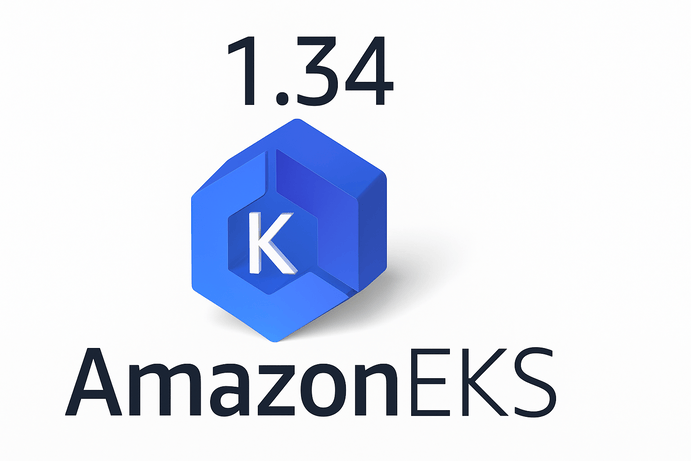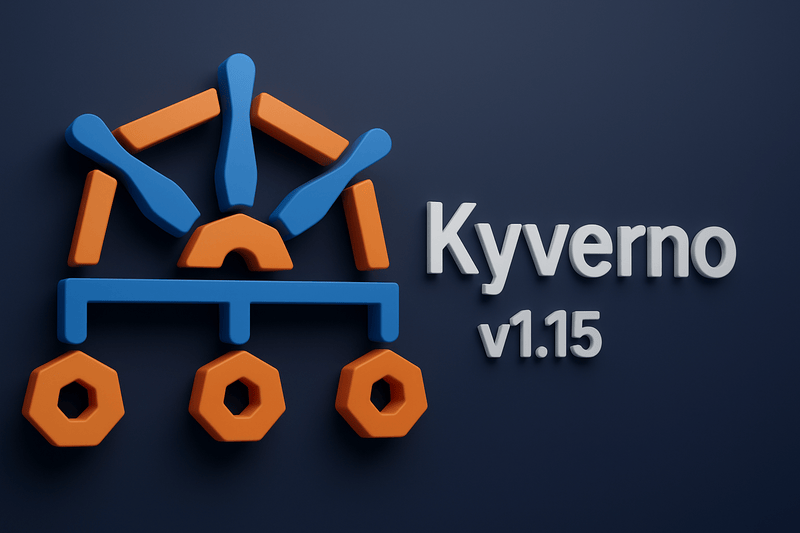Ubuntu is an open-source Linux-based operating system owned and managed by Canonical. Ubuntu is one of the friendliest versions of Linux. It has both a desktop version and a server version. Ubuntu 24.04 was released earlier this year. This article is not focused on Ubuntu itself as an operating system or its release, but on how to deploy Kubernetes in this new version of Ubuntu.
Installing Kubernetes in Ubuntu
Before installing Kubernetes in Ubuntu, it is important to understand that Kubernetes can run in two major modes
- Single Node mode – for testing, practice, and demonstration purposes
- Cluster mode – for production and running critical workloads.
Kubernetes can run in both modes on Ubuntu, depending on the purpose for which it is needed. To install Kubernetes in a single-node mode, here are the instructions:
Deploy a Single-Node Kubernetes on Ubuntu
To install a single-node Kubernetes cluster, you need to install Ubuntu on your machine or set up Ubuntu 24.04 on a cloud provider, such as Amazon EC2 or Amazon Lightsail. Also, ensure that the Ubuntu server is accessible over SSH. Log in to the instance. On the terminal, run the following commands to install Kubernetes in a single node:
Using snap to Install
Install Kubernetes
# sudo snap install k8s --classic
k8s (1.32-classic/stable) v1.32.5 from Canonical✓ installed
Boot up/Bootstrap the Kubernetes that has been installed
# sudo k8s bootstrap
Bootstrapping the cluster. This may take a few seconds, please wait. Bootstrapped a new Kubernetes cluster with node address "172.26.12.240:6400". The node will be 'Ready' to host workloads after the CNI is deployed successfully.
Validate that Kubernetes is running
# sudo k8s status
cluster status: not ready control plane nodes: 172.26.12.240:6400 (voter) high availability: no datastore: k8s-dqlite network: enabled dns: enabled at 10.152.183.71 ingress: disabled load-balancer: disabled local-storage: enabled at /var/snap/k8s/common/rawfile-storage gateway Failed to deploy Cilium Gateway, the error was failed to upgrade Gateway API cilium configuration: cannot upgr ade ck-network as it is not installed
# sudo k8s kubectl get all --all-namespacesNAMESPACE NAME READY STATUS RESTARTS AGE kube-system pod/cilium-bwwd9 1/1 Running 0 2m35s kube-system pod/cilium-operator-6469dbc95b-2nq7x 1/1 Running 0 3m23s kube-system pod/ck-storage-rawfile-csi-controller-0 2/2 Running 0 4m3s kube-system pod/ck-storage-rawfile-csi-node-r9xpg 4/4 Running 0 4m3s kube-system pod/coredns-fc9c778db-p9229 1/1 Running 0 4m8s kube-system pod/metrics-server-8694c96fb7-24n4l 1/1 Running 0 4m7s NAMESPACE NAME TYPE CLUSTER-IP EXTERNAL-IP PORT(S) AGE default service/kubernetes ClusterIP 10.152.183.1 <none> 443/TCP 4m22s kube-system service/ck-storage-rawfile-csi-controller ClusterIP None <none> <none> 4m5s kube-system service/ck-storage-rawfile-csi-node ClusterIP 10.152.183.197 <none> 9100/TCP 4m5s kube-system service/coredns ClusterIP 10.152.183.71 <none> 53/UDP,53/TCP 4m10s kube-system service/hubble-peer ClusterIP 10.152.183.83 <none> 443/TCP 3m59s kube-system service/metrics-server ClusterIP 10.152.183.97 <none> 443/TCP 4m9s NAMESPACE NAME DESIRED CURRENT READY UP-TO-DATE AVAILABLE NODE SELECTOR AGE kube-system daemonset.apps/cilium 1 1 1 1 1 kubernetes.io/os=linux 3m59s kube-system daemonset.apps/ck-storage-rawfile-csi-node 1 1 1 1 1 <none> 4m4s NAMESPACE NAME READY UP-TO-DATE AVAILABLE AGE kube-system deployment.apps/cilium-operator 1/1 1 1 3m59s kube-system deployment.apps/coredns 1/1 1 1 4m10s kube-system deployment.apps/metrics-server 1/1 1 1 4m8s NAMESPACE NAME DESIRED CURRENT READY AGE kube-system replicaset.apps/cilium-operator-6469dbc95b 1 1 1 3m23s kube-system replicaset.apps/cilium-operator-6978488575 0 0 0 3m59s kube-system replicaset.apps/coredns-fc9c778db 1 1 1 4m9s kube-system replicaset.apps/metrics-server-8694c96fb7 1 1 1 4m8s NAMESPACE NAME READY AGE kube-system statefulset.apps/ck-storage-rawfile-csi-controller 1/1 4m4s
With Kubernetes deployed and running, you can start to administer it using the A sudo k8s kubectl command to manage the cluster.
Cluster mode Deployment
Cluster mode deployment is meant for systems that require production-grade scalability and availability. Tools like Amazon EKS provide that, and you can configure the worker nodes to use the AMI for Ubuntu 24.04. That way, your workload deployed in the cluster runs on the latest version of Ubuntu. You can also set up Kubernetes using the official Kubernetes setup tools called kubeadm.
Conclusion
There are various ways to deploy Kubernetes on Ubuntu, this approach is a simple and quick way to get up and running with Kubernetes on Ubuntu 24.04. A scalable approach to deploying Kubernetes is to either use a managed service or kubeadm to set up the Kubernetes cluster for more advanced usage.

![How to Easily Install Kubernetes on Ubuntu 24.04 [Beginner Friendly] 2 k8s-ubuntu](https://www.ewere.tech/wp-content/uploads/2025/06/k8s-ubuntu-small.png)





